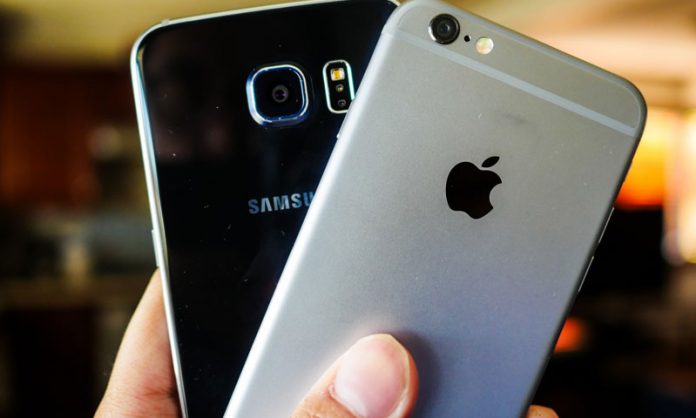iPhone – introduced by late Apple co-founder Steve Jobs on January 9, 2007 – set the stage for mobile computing and an entire industry revolving around it.
The handsets built on successful iPod digital music players and featured touch screens at a time when the smartphone market was ruled by BlackBerry devices with keypads. Jobs billed his smartphone approach as blending liberal arts, design and technology. What was not obvious at the time was how iPhone’s focus on apps would send people rocketing along a path to tweeting, Snapping, Pokemon Go, live streaming video, and more.
“Apple gets credit for the apps that brought the mobile computing platform to your pocket,” Gartner analyst Brian Blau told AFP at the Consumer Electronics Show that ends Sunday in Las Vegas.
“Today, it is hard to make a consumer electronics product without [internet] connectivity.”
Smartphones are even playing a big role in the virtual reality trend, with people using handsets as screens inserted into headsets for exploring fantasy realms.
Apple does not attend CES. But its trend-setting power is felt here from cars boasting “infotainment” systems that sync with iPhones, to smart-home networks controlled by mobile apps and rival smartphones mirroring iPhone features.
“The iPhone changed the world because mobile computing is now part of everyone’s daily life,” Blau said. The iPhone, in a way, was a seed around which the consumer electronics industry has crystalized, according to Maxwell Ramsey of mobile phone news website phoneArena.com.
“It’s pretty remarkable what it did,” Maxwell said of the iPhone.
“We are still riding that wave from 2007. No doubt about it.”
Putting the internet in people’s pockets, and on tablet computers, has profoundly changed the way people watch films, get news, socialize and work. Insiders at the CES trade show cited the iPhone as the main impetus for the revolutionary shift to mobile computing lifestyles.





